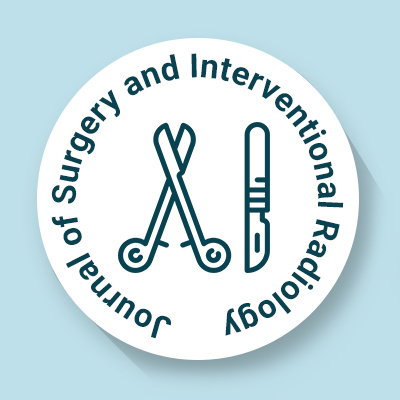Four-dimensional computed tomography
4DCT integrates time into traditional 3D CT, enabling dynamic visualization of anatomical structures in motion. This is crucial for assessing organ displacement due to respiration or cardiac activity, enhancing diagnostic and treatment accuracy.
A key application of 4DCT is in radiation therapy for thoracic and abdominal tumors, where respiratory motion affects targeting. Unlike static 3D CT, 4DCT captures images at multiple respiratory phases, facilitating techniques like deep inspiration breath-hold (DIBH) and respiratory-gated radiation delivery. This optimizes tumor targeting while reducing radiation exposure to adjacent tissues, improving tumor control and minimizing toxicity.
Beyond radiotherapy, 4DCT aids in musculoskeletal imaging for joint kinematics, cardiac imaging for ventricular function and valve motion, and endocrine imaging for localizing hyperfunctioning parathyroid adenomas. However, increased radiation exposure necessitates optimization strategies like low-dose protocols and advanced reconstruction algorithms.
Sophisticated motion-compensated reconstruction techniques enhance image resolution and temporal accuracy, reducing artifacts and improving perfusion imaging analysis. Compared to fluoroscopy, which provides continuous 2D imaging, 4DCT generates volumetric datasets over time, making it invaluable for radiotherapy planning and functional assessments.
Challenges include radiation dose, data management, and computational complexity. AI-driven motion tracking and dose reduction strategies are being explored to refine 4DCT imaging. Future advancements in machine learning and adaptive radiotherapy will further enhance its role in precision medicine, improving personalized diagnostics and treatment.

